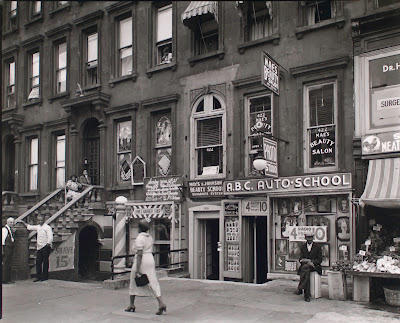Neighborhoods and their histories can be a rich source of material for writers working in many genres. We’re fortunate to offer workshops with David Taylor at Hill Center on Capitol Hill and also a new venue for us, Sandy Spring Museum. As an added bonus, his blog post links to his Washington Post feature article detailing aspects of the life of Joaquin Miller. Miller’s name is kept alive because of a great Washington tradition, the Miller Cabin poetry reading series offered every summer by The Word Works.
Weaving It All into a Narrative
by David Taylor
Sometimes a story or subject –a personality, a landmark or event – haunts us to track it down through any means we can lay our hands on: manuscripts, biographies, snapshots, even walking tours. And sometimes the narrative that emerges from that hunger can feel more like a quilt than whole cloth. It has a rich texture but still, as a narrative it has to hold together.
Sometimes a story or subject –a personality, a landmark or event – haunts us to track it down through any means we can lay our hands on: manuscripts, biographies, snapshots, even walking tours. And sometimes the narrative that emerges from that hunger can feel more like a quilt than whole cloth. It has a rich texture but still, as a narrative it has to hold together.
One spring day 11 years ago, I took a walk and bus ride across Harlem that gave me the spine of a story about Ralph Ellison’s Harlem for Village Voice, on the 50th anniversary of the publication of his Invisible Man.
Later the contrast of Meridian Hill Park’s position as a forested slope at the edge of DC in 1884, and a Meridian Conference held to establish ground zero for a world clock, gave focus to my article for the Washington Post magazine.
Recently for a new way into the story of the War of 1812, I worked with former National Geographic archivist Mark Collins Jenkins to gather firsthand accounts buried in the Library of Congress – from its manuscripts collection to its Rare Book Room (where white gloves are required) and its regular stacks. I also tagged along with an archaeological dive team in the Patuxent, searching for ships sunk when the British attacked Washington. With these, we stitched together a new picture of that divisive and perilous time, showing a wide range of people and backgrounds caught up in it: African-American freedmen in Maryland, naval clerks at the Washington Navy Yard, spies and runaways, blockade runners, husbands and wives.
For any writer, it’s easy to lose your way among the glittering bits and research. We all need handles for pulling these pieces together and making a textured whole that gives readers a larger, moving narrative. Because even when history is very local, it can be big as life.
So last summer within sight of the Library of Congress we tested a first workshop on Researching and Writing Neighborhood Profiles. It was hands-on and the students turned up a blast of discoveries: lives and hideaways that took us from DC’s Brookland neighborhood to Route 66 and on to the Kentucky-Tennessee border. Our group had wide-ranging curiosity and together we talked through how to tie the strands together. We got help from Sharon Leon of George Mason University’s Center for History and New Media for trying out new tools for historians and storytellers.
This fall we’ll do it again, starting with a one-session workshop at The Hill Center, on September 25. A four-session workshop starts a month later, digging further into these ways of drawing on research for writing powerful local stories and photo essays. I hope you’ll come, share your obsessions and explore how to pull them together.
Finally - though some argue against research for fiction – I find the same process can help fiction writers too (and possibly poets). Many possibilities. We look forward to seeing you at Hill Center or Sandy Spring Museum.
Joaquin Miller: Library of Congress
Harlem's Lenox Avenue: New York
Public Library, Astor, Lenox and Tilden Foundations
(We are offering several workshops at Hill Center starting in September. Click here to see the list, and here to register for David's workshop at Sandy Spring Museum.)



No comments:
Post a Comment